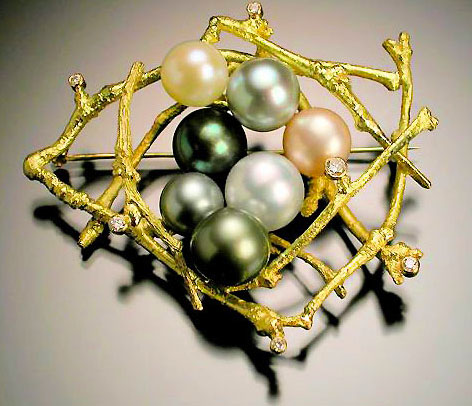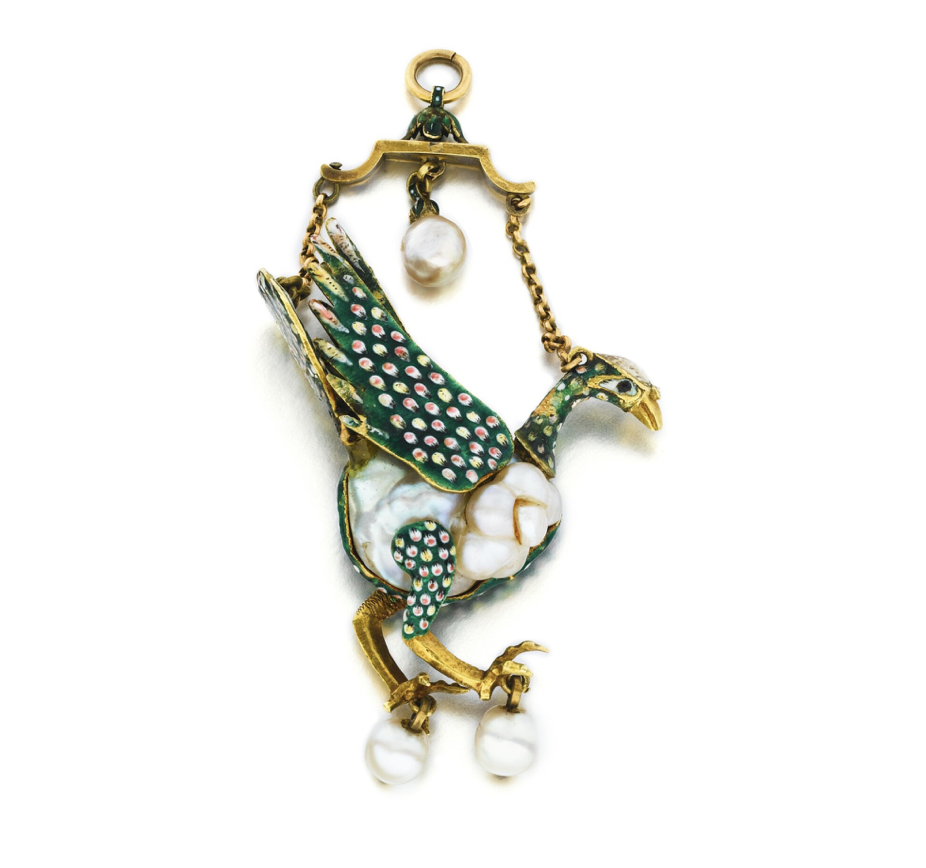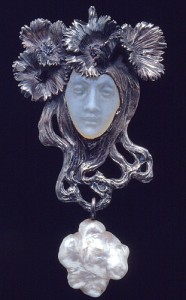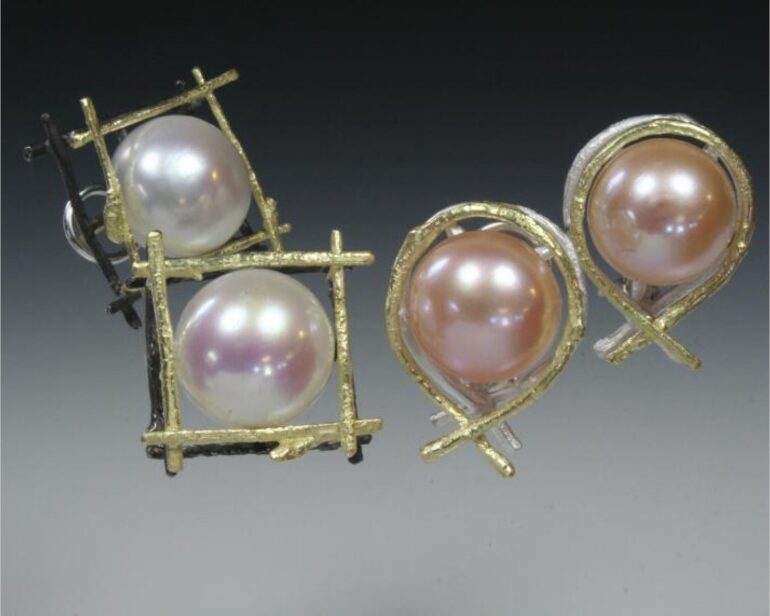
Nothing is more universal and timeless than pearls. Wander through any major art museum and you’ll find them on everyone from maharajahs to lowly servants. There’s Rembrandt’s “Weighing of Pearls,” Vermeer’s “Girl with a Pearl Earring”—which inspired a Hollywood movie—and nary a portrait of Queen Elizabeth where she isn’t dripping with them.
Leonardo da Vinci even had his own recipe for making a small pearl into a large fake, according to Promethean Ambitions: Alchemy and the Quest to Perfect Nature: Dissolve the pearl in lemon juice, dry the paste into a powder, mix it with egg white, let it harden, then grind and polish.
It’s partly pearls’ timeless beauty and partly their rich history that makes them so desirable—and so much fun to mess with. Oysters are still making them, albeit usually in a more controlled environment. They still contain all the beauty and luster that once caused people to risk their lives diving for them and rulers to pass laws restricting them to the noble classes. But now they’re available in prices and quantities even commoners can afford.

All of which allows designers to work not only with the beauty of a pearl but its age-old associations as well. Pearls offer a way to honor tradition and turn it on its head at the same time—a very contemporary motivation. Still, ask even the most innovative designers why they work with pearls and they say what jewelry makers have probably said for two thousand years: “I love pearls.”
What magic is in a pearl that causes jewelry designers to lapse into rhapsodic praise? Asked why they favor pearls, everyone I spoke to used the words “love,” “luscious” and “beauty” in the first five minutes. Sam Shaw added “sensual” and “fabulous.” More than one—both male and female—describe the pearl’s attraction as feminine in nature.

For studio jewelers, odd-shaped pearls provide bulk, luster and exquisite color at a fraction of the cost of a perfect round. Such pearls are often labeled rejects and priced accordingly. After all, what’s a production jeweler going to do with a pearl shaped like a lightbulb or a science project gone awry? At the very least, calibrated settings are out.
But one-of-a-kind designers can design a piece around the odd shape, making it the focal point. That’s not exactly a new idea. Renaissance jewelers were famous for building elaborate and bizarre pendants—mermen, dragons and ships—around giant blobby masses of baroque pearl.


Later, Art Nouveau jewelers found asymmetrical pearls suited their organic themes. German designers built ornate butterflies around lumpy masses of nacre, while Tiffany and the French designers transformed oblong pearls into graceful flower petals, seed pods and the bodies of dragonflies.
Today’s designers use pearls in a similar way, either building a piece around an unusual shape or taking advantage of their luster and spherical form. Pearls still serve as both accent and centerpiece. But unlike in centuries past, they’re more likely to embellish jewelry that reflects contemporary art, with more references to science and abstract form than Lalique & co.
While traditional pearl jewelry still holds its allure, designer Frances Smersh points out that less conventional combinations can have a bigger impact. “Expanding what people do with pearls gives the pearl itself a little boost,” says Smersh, who tends to set them in concrete. “They’re not just your grandmother’s string of pearls. What we’re doing as designers is, in essence, continuing the history, embellishing and renewing interest in pearls.”


